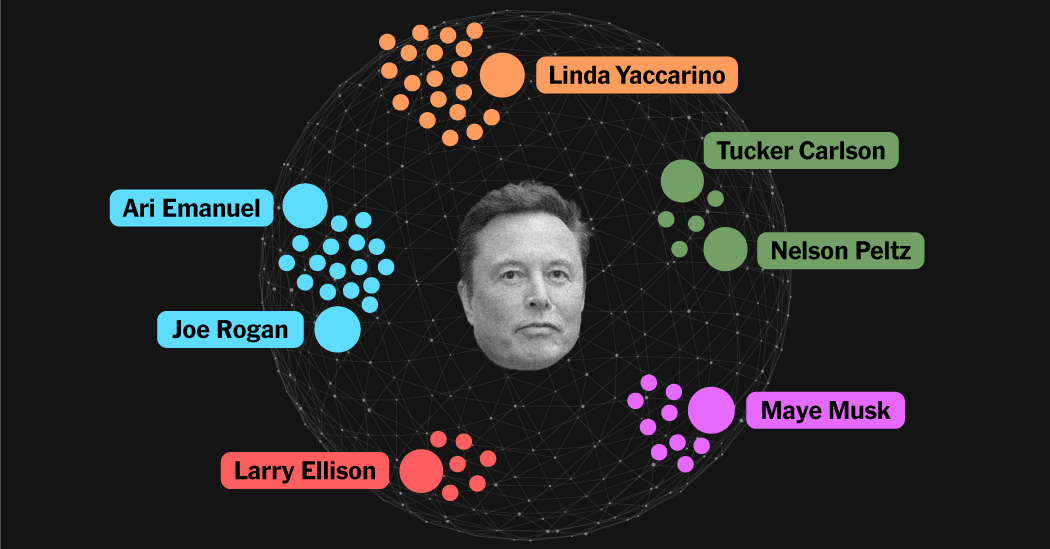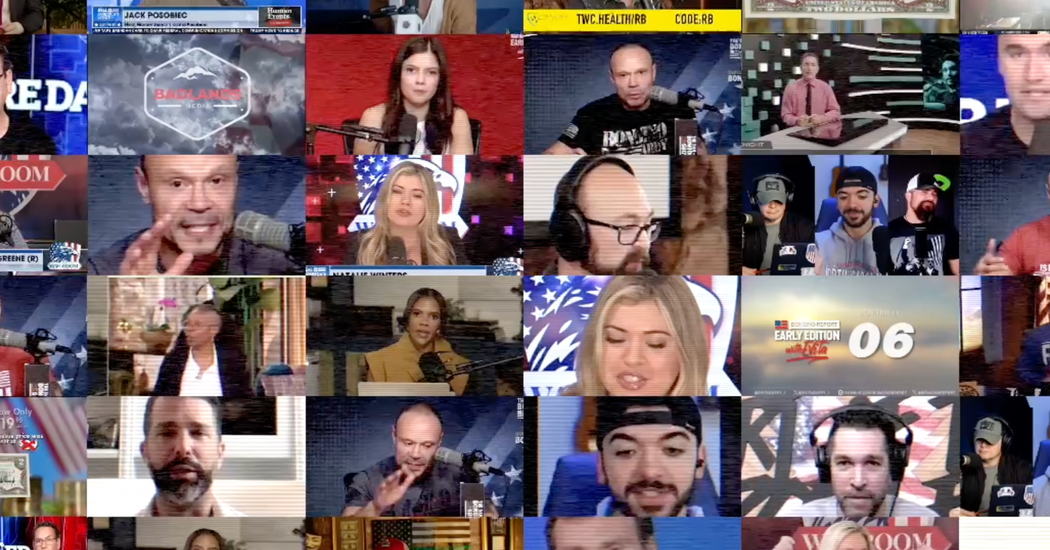A new generation of artificial intelligence is poised to turn old assumptions about technology on their head.
For years, people working in warehouses or fast food restaurants worried that automation could eliminate their jobs. But new research suggests that generative A.I. — the kind used in chatbots like OpenAI’s ChatGPT — will have its biggest impact on white-collar workers with high-paying jobs in industries like banking and tech.
A report published Thursday by the Burning Glass Institute, a nonprofit research center, and SHRM, formerly the Society for Human Resource Management, stops short of saying the technology will do away with large numbers of jobs. But it makes clear that workers need to better prepare for a future in which A.I. could play a significant role in many workplaces that until now have been largely untouched by technological disruption.
For people in tech, it means they may be building their A.I. replacements.
“There’s no question the workers who will be impacted most are those with college degrees, and those are the people who always thought they were safe,” said Matt Sigelman, president of the Burning Glass Institute.
For hundreds of corporations, the researchers estimated the share of payroll spending that goes to workers employed in the 200 occupations most likely to be affected by generative A.I. Many of those jobs are held by affluent college graduates, including business analysts, marketing managers, software developers, database administrators, project managers and lawyers.
Companies in finance, including Goldman Sachs, JPMorgan Chase and Morgan Stanley, have some of the highest percentages of their payrolls likely to be disrupted by generative A.I. Not far behind are tech giants like Google, Microsoft and Meta.
Getting A.I. to do human work could result in big savings for those companies. The research estimates that banks and some tech companies spend 60 to 80 percent of their payrolls, or more, on workers in occupations most likely to be affected by the new technology.
The retail, restaurant and transportation industries are least likely to be affected by generative A.I., the report found. Companies like Walmart, McDonald’s and Delta Air Lines mostly employ workers without college degrees who perform roles like helping customers, stocking shelves, cooking food and handling baggage. They spend less than 20 percent of their payrolls on employees in occupations most likely to be affected by generative A.I.
The report doesn’t predict potential job losses related to generative A.I. That will be up to employers, the report said, and whether they want to bank the savings from A.I. automation or use that money to invest and grow, adding more workers. Most experts expect that A.I. will mostly change jobs for the next few years rather than eliminate them — though that could change if the technology improves sharply.
The report highlights the need for increased training to prepare workers to adapt to a fast-arriving technology, said Johnny C. Taylor Jr., chief executive of SHRM.
“Corporations and governments are going to have to seriously invest to get ahead of this,” he said.
The report is the latest entry in a growing field of work trying to predict the effect of generative A.I. on the economy and the workplace. Other studies have forecast a surge in economic growth and productivity, automating activities that add up to the equivalent of millions of jobs, and time savings of up to 50 percent for routine office and coding tasks.
In its research, the Burning Glass Institute started with the estimates of generative A.I. exposure by occupation in a widely cited academic paper that was published last year. It then added its own data sets — including job listings, payroll information, government statistics and corporate disclosures — for the company-by-company calculations. The SHRM report includes a ranking of selected companies. The Burning Glass Institute did the percentage estimates of the payroll spending by company for The New York Times.
Manav Raj, a co-author of the academic paper that the Burning Glass Institute relied on, said the new research appeared to be a credible effort to parse company-level data. But at this stage, he said, all the studies are educated guesses.
“The many papers out there generally conclude that this wave of A.I. has the potential to have a very large effect,” said Mr. Raj, an assistant professor of management at the Wharton School of the University of Pennsylvania. “But it’s going to take some time to find out what that effect really looks like.”







